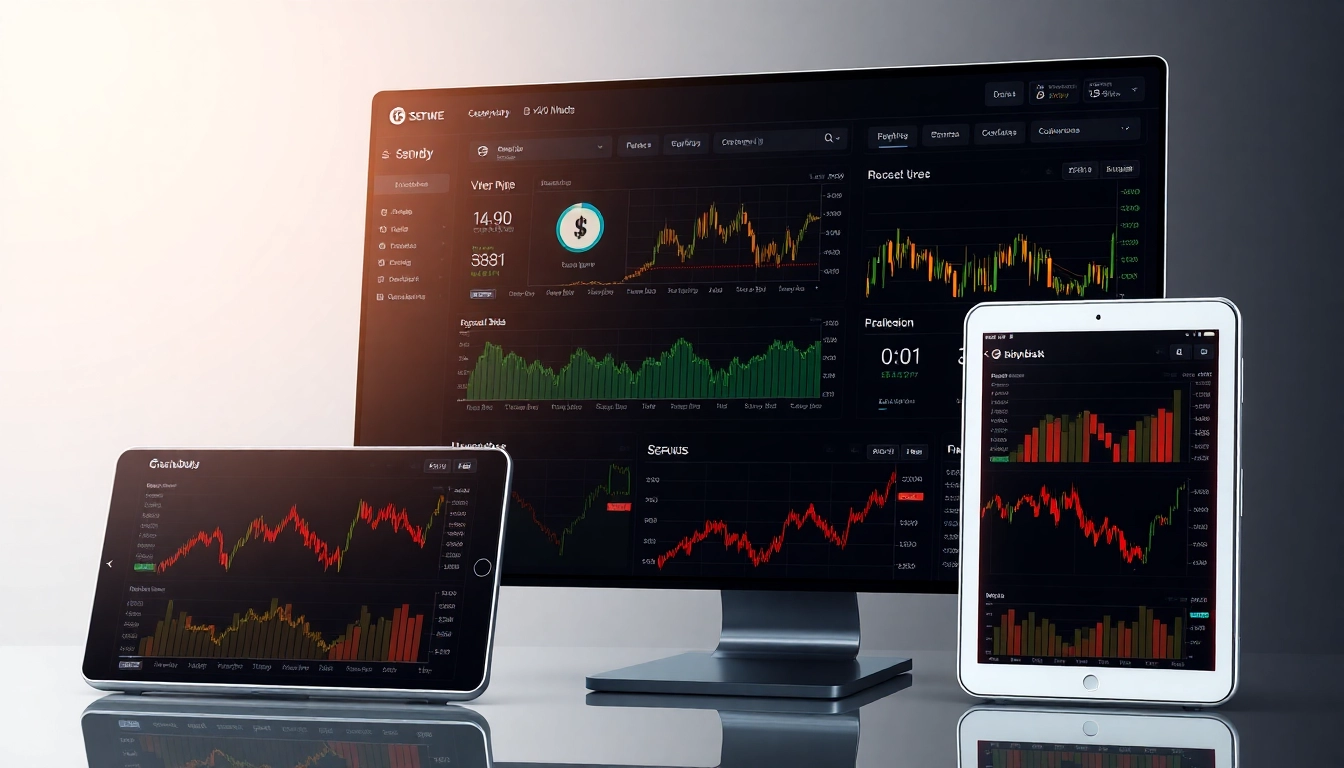Comprehensive Guide to Investing with an ISA: Maximize Your Tax-Efficient Growth
In today’s dynamic financial landscape, understanding how to leverage tax-efficient investment vehicles is crucial for building long-term wealth. One of the most popular and flexible options available to UK investors is the Individual Savings Account (ISA). Whether you are a seasoned investor or just starting your financial journey, mastering the ins and outs of an ISA can significantly enhance your investment returns. This guide aims to provide an in-depth, data-driven overview of ISA investing, highlighting strategies, choices, and best practices to help you optimize your savings and investments effectively.
Introduction to ISAs and Their Benefits
What is an ISA and Why It Matters for Your Financial Future
An ISA (Individual Savings Account) is a tax-advantaged account available to UK residents that allows you to invest in a variety of assets without paying tax on income or gains. Since their inception, ISAs have been a cornerstone of personal financial planning, offering a straightforward yet powerful way to grow wealth efficiently. With the potential to shield your investments from income tax, capital gains tax, and dividend tax, ISAs are perfect for building a nest egg for retirement, children’s education, or even major purchases.
Long-term investors recognize that tax savings compound over time, making ISAs not just a savings account, but a strategic tool for wealth accumulation. If you wish to learn more about how to maximize your investment returns through tax-efficient vehicles, visit our ISA Guide.
Types of ISAs: Cash, Stocks & Shares, Innovative Finance
Each type of ISA caters to different risk appetites and investment objectives:
- Cash ISAs: These are similar to traditional savings accounts, offering stability and easy access. Ideal for risk-averse investors and short to medium-term savings.
- Stocks & Shares ISAs: Allow investments in equities, bonds, ETFs, and funds. Suitable for those aiming for growth over longer periods, accepting market fluctuation risks.
- Innovative Finance ISAs: Enable investments in peer-to-peer lending and crowdfunding projects. While potentially offering higher returns, these carry higher risk and require careful selection.
Choosing the Right ISA: Factors to Consider
Assessing Your Investment Goals and Risk Tolerance
Understanding your financial objectives and personal risk threshold is vital. If your goal is short-term savings or emergency funds, a Cash ISA might be appropriate. Conversely, for long-term growth—such as funding your child’s education or retirement—Stocks & Shares ISAs typically present a better opportunity, provided you’re comfortable with market volatility.
Factoring in age, income, and investment horizon helps tailor your strategy. For example, younger investors with a longer timeline may favor equities to maximize growth, while retirees might prioritize income stability.
Comparing Fees and Tax Benefits Across Different ISA Types
While ISAs shield you from taxes, fees can erode your returns if not carefully managed. Some providers charge account maintenance fees, platform charges, or transaction costs—especially relevant in stocks and shares ISAs. Conducting a thorough comparison via analysis tools or our dedicated guides ensures you select a provider that balances cost and service quality.
Additionally, understanding the annual ISA allowance—currently set at £20,000—is crucial. Maximize this limit annually to optimize tax benefits without penalty.
How to Select the Best ISA Provider for Your Needs
Choosing a provider involves evaluating platform usability, customer service, investment options, and fee structures. Leading providers often differ significantly in their offerings, so consider factors like online access, research tools, fund selection, and flexibility for transferring existing ISAs seamlessly. Reading user reviews and comparing performance history can guide your selection process.
Strategies to Maximize Your ISA Returns
Timing Your Contributions for Optimal Growth
Maximizing your ISA benefits involves strategic timing. Contributing early in the tax year allows your investments more time to grow tax-free. Also, when markets dip, additional contributions can buy more units at lower prices, enhancing long-term gains.
It’s advisable to review market trends and consider lump-sum investments or regular monthly contributions based on personal cash flow and market conditions.
Balancing Risk and Reward in Your ISA Portfolio
Diversification remains key. Combining assets such as equities, bonds, and cash ensures your portfolio can withstand market fluctuations. Regular rebalancing aligns your investments with evolving risk tolerance and market conditions, preserving growth potential while managing downside risks.
Incorporating a mix of funds—index trackers, actively managed funds, and ETFs—provides additional layers of diversification.
Utilizing Allowance Increases and Bonus Offers Effectively
Stay vigilant to annual allowance increases and promotional offers—some providers offer bonuses or fee discounts for new accounts or transfers. Planning contributions around these perks can boost your overall returns.
Moreover, utilizing tax-efficient instruments like the Family Investment ISA or Junior ISA for children can extend the benefits across generations, leveraging the tax advantages for maximum growth.
Starting and Managing Your ISA Over Time
Step-by-Step Guide to Opening an ISA Account
Opening an ISA is straightforward:
- Research and compare providers based on fees, investments, and accessibility.
- Prepare necessary identification documents.
- Complete the application online or in person, choosing your preferred ISA type.
- Fund your account with initial contribution—consider making use of the full allowance for maximum benefit.
Once registered, you can set up recurring contributions to automate savings and investment growth.
Monitoring Performance and Making Periodic Adjustments
Regular performance review—at least annually—ensures your investments remain aligned with your goals. Use online dashboards and advisory tools provided by your ISA provider to track returns, asset allocation, and fees.
If your risk appetite or financial situation changes, adjust your investment mix accordingly. Rebalancing may involve shifting from equities to bonds as you approach retirement or changing fund providers if fees become unfavorable.
Planning for Retirement and Inheritance Using ISAs
ISAs can be a powerful component of your retirement plan, especially since accumulated wealth inside an ISA can be transferred or inherited tax-efficiently. Establishing a succession plan or adding beneficiaries allows your assets to benefit your heirs without additional inheritance tax burdens, a crucial consideration in estate planning.
Common Mistakes and How to Avoid Them with Your ISA
Over-Contributing and Penalties to Watch Out For
Exceeding the annual ISA allowance results in penalties or the loss of tax benefits. Keeping track of contributions and using tools or alerts helps prevent accidental overfunding. Setting automatic contributions within your allowance aids in disciplined investing.
Neglecting Diversification and Growth Opportunities
Focusing too narrowly on one asset class or fund can expose your portfolio to undue risk. Diversify across geographic regions, sectors, and asset types to cushion against market volatility and seize growth opportunities.
Ignoring Changing Regulations and Tax Laws
Tax laws and ISA rules evolve. Staying informed through reputable sources or consulting financial professionals ensures your strategy remains compliant and optimized for current legislation. Periodic reviews help adapt your plan to regulatory changes, maximizing benefits.



